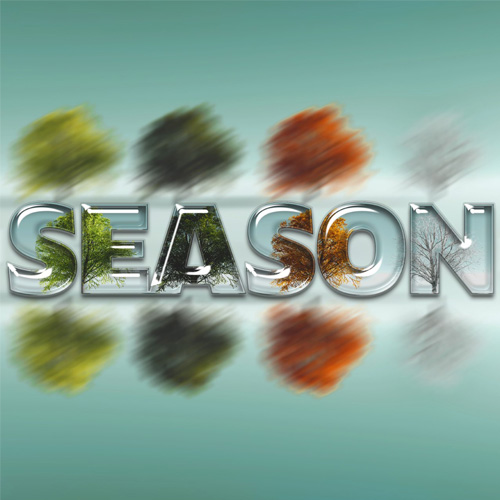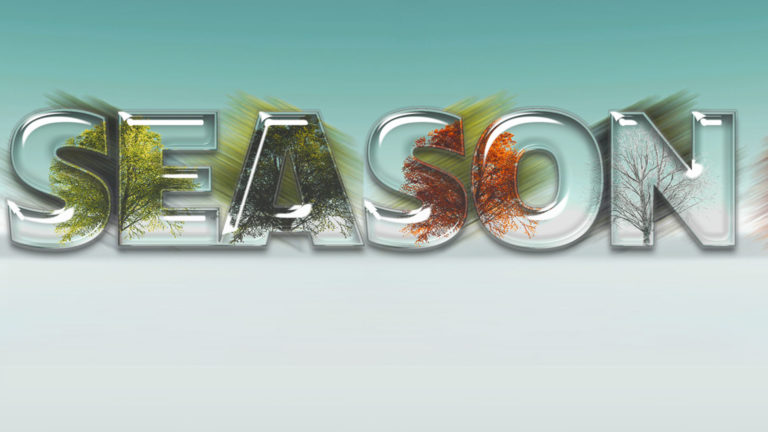
Today is my birthday. It is also the launch of my fifth solo album, Season. A very emotional album for me and one that I am most proud of. I approached its creation differently from the others. It’s been an iterative process, refining, shaping and coming to life over months of work. I am in a new season of my life, and everything has changed since the launch of Sugar in 2020. This album represents everything from my career path to where I live to who I have in my life and how I spend my time.
The changes I have been through brought a lot of self-reflection; constructing Season felt very intimate in that it symbolises the change in me as a man and musician – an expression of myself personally and my evolution musically.
I am in a new season.
There is a lot of depth to this album, from dark melodic chords to happy piano melodies and underground club basslines. I have been lucky enough to collaborate with some of the best artists South Africa has to offer, and from each of them, I learned and experimented with something new – pushing myself to try new things while keeping my music distinct to my sound. The mastering is all done with analogue gear, which gives it the warmth and fullness that trademark this album (thank you to Brickwall Mastering for this, you guys are the best!).
As I reflect on the release of this album, and the four that came before it, I look back at my growth over the decades and feel incredibly grateful for the journey.
To my collaborators on Season, you are all my friends, my colleagues. Thank you. Season is ours, a piece of art that embodies our energies coming together, you rock! To Wessel Meyer from Shindig Music and Shona for your help on vocal recordings – you are both magic. Also, to my friend Chris Marsberg for the conceptual artwork – you got me and made my vision come to life.
The result of all of this is a body of work that I am incredibly proud of and can’t wait to share with you all.
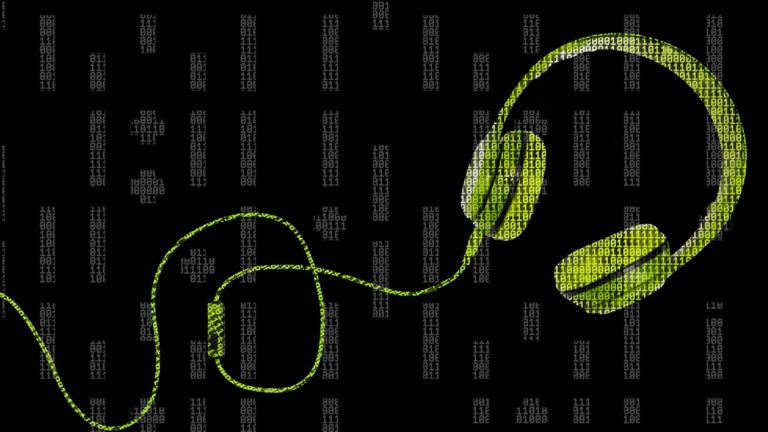
For a long time, the music industry suffered from the internet boom, failing to keep up with the fast pace of technology growth. As a result, musicians and labels sustained damage due to piracy and a decline in physical record sales.
Then streaming came along, allowing music consumers to legally and cheaply listen to music. The era of ‘Big Data’ had begun…
Spotify currently boasts 365 million users and is mainly responsible for changing the current music landscape. Spotify uses massive amounts of data to track music, analyse listening patterns and recommend new music to their users. As a result, it has allowed unknown independent artists to find their way into the ears of new fans without having controlling record labels take most of their royalties. Music fans can now hear more of what they like best when they want it.
‘Big data’ has also changed how music scouts find new talent. ‘Artist & Repertoire (A&R) have been responsible for finding the ‘next big thing’ in the music industry. Algorithms and data mining has allowed A & R managers to spend their budgets on artists the world wants to hear and see. It lets them know what genre is prevalent, where people want to listen to it, and when. This allows for accurate targeting of releases and tour schedules.
The data scientists at hitlab.com have built an algorithm that can predict the probability of a hit. Trained on previous hit singles from features such as song key, lyrics, tempo, and genre, the algorithm can predict a song’s chances to do well on the worldwide charts. On the downside, musical popularity has reduced to a formula and points towards music becoming more generic and star status available to anyone who works with the recipe. It will be interesting to see how traditional musicians react to this.
In many cases, the difference between a hit record and an unsigned record is the recording and audio processing quality. ‘Mastering’ is the final stage in the music production process. It gives songs the professional shine and loudness heard on all significant records. Unfortunately, this process is far too expensive for most independent musicians even to consider. Enter landr.com; a startup focused on automating this process at a fraction of the cost. ‘Synapse’, their AI-powered engine, analyses each song and gives it instant polish and professionalism at a price that meets the users budget. Effectively, this process ‘equalises’ independent and unknown artists with the big and popular hit machines.
The way music is made, distributed, consumed, and experienced is evolving almost daily. Record labels will slowly disappear in their current state and evolve. Artists will take more control of where their music is consumed and how they are paid (maustrack.com allows users to track their radio support and hold music royalty organisations accountable). AI-based music will make music creation more accessible. Music concerts and shows will become more interactive (the Metaverse) and be more experience-based.
It’s an exciting time.
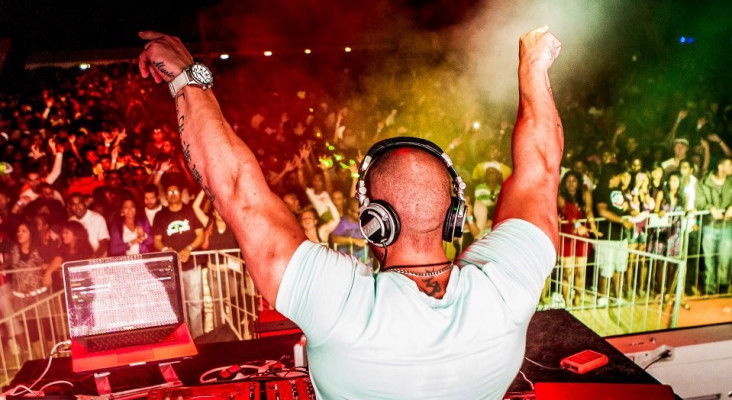
It’s December 2019, the busiest month on the gig calendar for many South African and international artists. It’s a time of ‘stocking up’ on gigs and making money for the quieter parts of the coming year. Catching flights, late nights, little sleep and a growing bank balance is the standard outlook for active circuit DJ’s and producers.
The season ends and it’s time for a well-earned break, get back in studio and refuel for the March/April season…
It never arrives.
The Covid-19 pandemic has hit the world.
At the time of writing this article it’s been just over a year since our very first full lockdown. A time where clubs, festivals, events bars and even alcohol and cigarettes became illegal. It hit just about every industry in the world and unexpectedly closed down and evaporated many industries and livelihoods from restaurants, to schools, to small business, to the whole nightlife industry.
This article is about the effects and damage caused in my industry, from my point of view and my filter. I don’t claim to know about other industries or even to speak for all of mine, this is just my view.
In the past year I have seen many in the music industry go from confident and popular, secure and financially rich to quiet and shy, insecure and broke. I have seen busy and commercially successful clubs and bars close down. I have seen suicides, I have seen people that have given their lives to their craft fall apart in desperation.
The clever ones had some money saved for a rainy day, but rainy days don’t usually last for a year and, at this point, there is no end in clear sight. Many figured out early that the industry is over for the short term and moved on to different ways to make a living and find security, but many also have been trying to hold out, waiting in desperation for the only thing they know to come back again.
There has been little help from the government. They set up a find for artist relief that apparently paid some artists out a monthly amount. I personally don’t know a single artist or musician that received a cent.
How are they surviving?
Thousands upon thousands of people in the industry, from DJ’s to producers to event owners to bar backs and bouncers have literally been forced to stop work, with no clear plan in sight to restart. Some have sold assets, studio equipment, some have gone to live with family or friends, many are living on literally R200 per week.
What’s sad too is that many talented and gifted artists have thrown in the towel, never to share their genius with the world again, all in the name of survival.
It’s been very sad to watch the world wide destruction of the dance industry.
But…
The optimist in me believes (and hopes) that the pandemic has caused a reset, something that many believed we needed, even before Covid.
There are some advantages and good that has come from this dance industry genocide.
The playing field has been leveled, big name artists and small name artists have become one and the same. No one is performing. It has allowed space for new faces to enter the scene and break the monopoly that has been controlling our lineups. It has forced DJ’s to learn to produce music and for seasoned producers to up their games. It has spawned a new creativity for events for when they are allowed again. It has brought together many sectors of the industry that were segregated before. It has opened doors to new creative cross pollinated genres of music and has given the gift of time for creation.
On the other side, the pandemic has forced music fans to find other styles and genres of music and scour the streaming sites for new music. Artificial intelligence algorithms like the Spotify music suggestion playlists have been an essential part in introducing people to new music and new artists. DJ’s have built brands by streaming on social media for their fans.
There are still so many challenges facing the dance music scene globally. Many people take the DJ’s, producers, promoters, club owners, barmen, bouncers and others for granted.
So when you see your favorite DJ again, be it performing, educating you with new music on his social media or doing a stream for you, give him a high 5 and a nod of approval as he has probably had his life turned upside down but he continues to do what he does best and keeps the dance music industry flag alive.
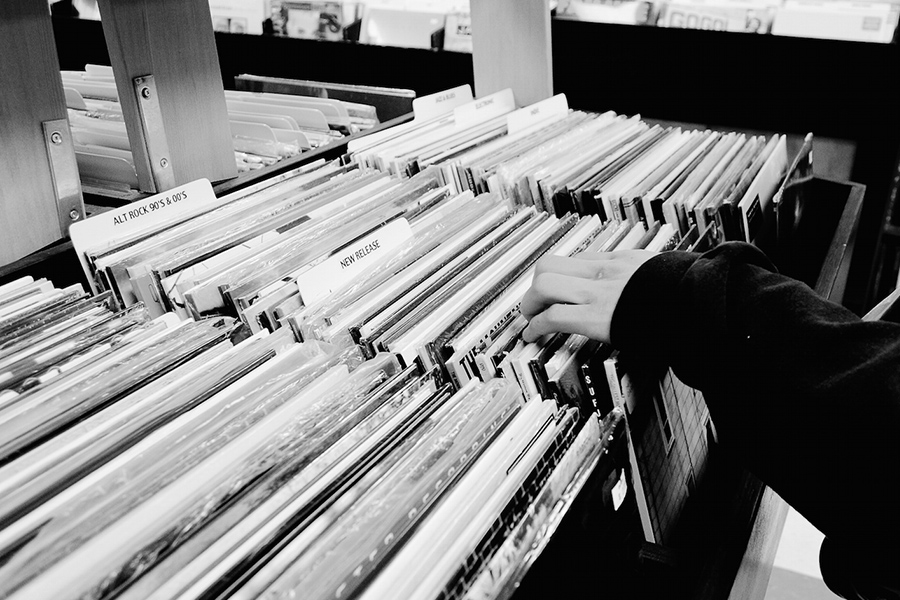
One of the best parts of being a DJ in the vinyl era was ‘crate-digging’ – the act of searching through ‘crates’ of records to find new music. It was fun and exciting. I would go to my favourite record shop and spend a morning listening and sifting through hundreds of tracks to find the one or two that caught my ear.
As time went on and things evolved, the digital era took over ( I remember being disgusted at my best mate, Ricardo Da Costa, moving from vinyl into playing music off CD’s…he had sold out!) and record shops closed down. Over time CD’s also phased out and streaming took over.
And boy did it take over…Spotify alone currently has 144 million premium subscribers and shows no sign of slowing down in their quest for world domination.
So how are they satisfying users’ thirst for new music? How are they keeping users engaged? How are they servicing the music industry?
The answer lies in the dark dungeons of mathematics, statistics and predictive analytics and through various clever machine learning and artificial intelligence models.
Machine learning is defined in the Oxford dictionary as: “the use and development of computer systems that are able to learn and adapt without following explicit instructions, by using algorithms and statistical models to analyse and draw inferences from patterns in data.”
Just think about that…learning without following instructions… sounds like something out of a science fiction movie.
If you use Spotify regularly you will notice that your feed is regularly updated with content that is customized to your listening experience. Personalisation is something Spotify has mastered and is what truly makes the user experience so incredible.
Collaborative filtering
Spotify uses a process called collaborative filtering to track and compare usage of the app with other similar users. So, for example, if person A listens to track 1, 3 and 6 and person B listens to the same, its highly likely that both person A and B have similar tastes. It also tracks how users ‘rate’ the tracks they listen to by monitoring how often they play a song, the length of time they listen, whether they save the song or not, whether the user clicks on the artists home page etc.
The goal of the collaborative filtering process is to find patterns in how users consume music and is not dependent on the song itself (ie the audio components)for information.
The only flaw with this process is that it would be weighted towards popular music as there would be more usage data related to these songs and new and unknown songs would suffer. This problem is solved analyzing the songs themselves through another artificial intelligence model category: deep learning
Deep learning and audio
Deep learning is the latest and greatest in the arsenal of data scientists. It uses patterns based on the workings of the human brain to analyze and model data and find solutions. Spotify uses a sub category of deep learning called convolution neural networks to analyze the raw audio and categorize and evaluate them accordingly. Incidentally, this is a similar process used in facial recognition. This model helps the collaborative filtering process to access unknown and new songs with little data and recommend them to users’ playlists.
Natural language processing (NLP)
To add another layer to their personalised recommendation model Spotify uses NLP, a branch of artificial intelligence that helps computers understand, interpret and manipulate human language. They do this by scraping web feeds, blogs, articles, social media and other sources for keywords and phrases describing songs and artists and the conversations around them.
It then takes this information and categorizes and weights it according to its relative importance. So each song or artist can have a dictionary of thousands of keywords and phrases assigned to it to help them be found by algorithms and users. These dictionaries are updated on an ongoing basis and change from day to day.
Since the system is data based, it follows that more data will lead higher chances of being recommended, so this means that popular songs still have the upper hand, but the algorithm is constantly being updated and is evolving to help new artists get more play
A formula for a hit?
If we can analyse Spotify’s data over the past 10 years and, more specifically, the top 100 tracks, is it possible to predict what songs are hit material?
If we take this data and run some machine learning models on it, we are able to pick up patterns in these songs and things they have in common to make very educated predictions. Spotify categorizes songs into a bunch of features such as song key, tempo, loudness, danceability etc, these are fed into the model to assist in making the predictions.
As a data scientist myself, I have played around with a very crude model using random forest trees and 26 of these variables to get close to 70 percent accuracy!
If this type of thing interests you a very interesting article by Hisham Hawara entitled ‘The science of predicting a hit song!’ goes into much more detail.
As much as I miss getting my hands dirty and finding new physical records, I am learning to love and embrace the new world of artificial intelligence in music. In a vinyl shop I was limited to the music in that shop, but with machine learning the WHOLE world of music is available to me.
Spotify are leaders in the game and are breaking innovations constantly. As a music lover, a music producer and an avid consumer of music, I cant wait for the next in Spotify ‘crate-digging’.
I would love to know your thoughts.
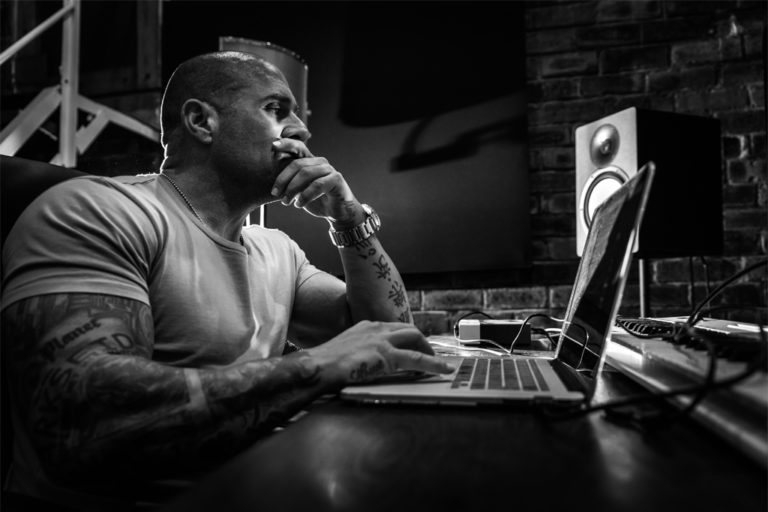
I think it’s safe to say that most artists know and understand that the music landscape has ,and is, changing at an exponential rate. In the past music was made according to the likes and creativity of a said artist, it was picked up by a label, the label released it in the hope that the public would take up the song and hopefully everyone one made money. It was effectively a shot in the dark based on the A & R manager’s subjective like and feeling for the song and his domain experience in what worked and didn’t in the music industry.
Enter the realm of ‘big data’.
If you have been living under a rock, let me give you a definition of ‘big data’:
“Extremely large data sets that may be analysed computationally to reveal patterns, trends, and associations, especially relating to human behaviour and interactions.” (Oxford Languages)
Facebook, Twitter, Instagram, TikTok on the social media front and Spotify, Apple Music, Youtube and Deezer are examples of the growing number of platforms that are able to tell labels, artists and marketers about their user’s habits, locations and a hoard of other information.
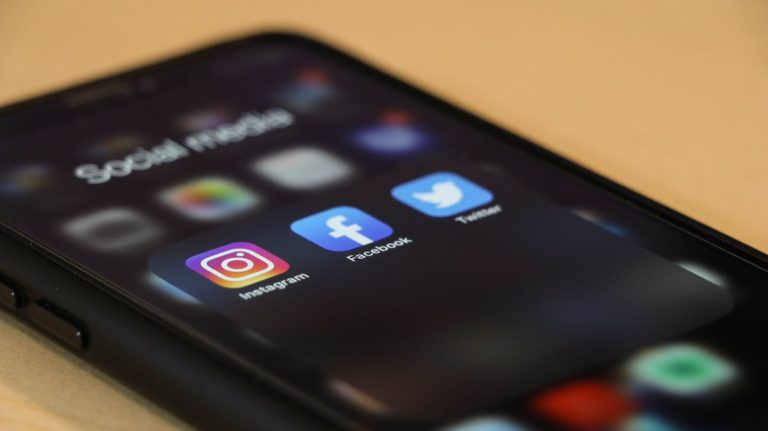
These application track and store and analyze millions of data points about their users and music industry data scientists are now able to draw out trends and literally match listeners with exactly what they want to hear and when. Artificial intelligence algorithms are able to customize the user experience based on exactly what that users’ needs are at that time.
In fact, it’s so useful, that data scientists (including myself) are able to create mathematical models based on this data to predict within a frame of confidence the likelihood of a song becoming a hit! This is a real thing and is mathematically sound, my own algorithm, at this point, is about 70 percent accurate! (I play to tune it and get it over 80 percent and I will post an article on it)
For example, it has been shown that older Spotify users are less adventurous with new music, so the algorithm will show them more of what they already know, but for younger users breaking artists and songs will be placed in front of them. Listeners will also automatically be notified when their favorite artists are releasing new music.
These channels are not only useful for the listener though, labels and artists are using this data to decide what songs to release, where and how to customize music that their fan base will connect to. If a label finds that an artist’s biggest followings are in a specific area, they can focus their marketing efforts for that artist in that location and not in locations where the artist is not known. This allows for much more efficient use of resources from a label point of view.
Labels are also able to find new talent on instant gratification channels like TikTok, a place where fun and cheeky videos (along with the songs used in them) can go globally viral in short periods of time. Often, some of these artists never even make it to Apple Music or Spotify and are monumentally more successful than some tracks that are.
Artists are able to connect with the people they connect with directly and are able to market and build their own followings based on other content they post such as video. Their music and personalities are other ingredients in the recipe for their artist success.
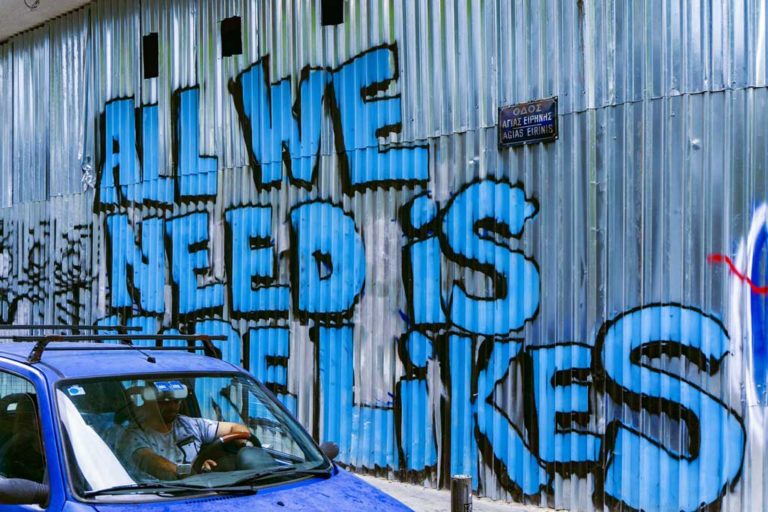
Artists are now able to track where their music is played in applications like Radio Monitor (www.radiomonitor.com) and use that data to reconcile moneys owed to them around the world.
With the rise of Bitcoin and the blockchain, new avenues are being explored and the need for intermediaries is decreasing fast and labels are evolving to meet new trends. Their job is not just to release new music, it is now about building brands. Soon artists will be in control of their own music, where it is played, who owns the rights. It’s a matter of time.
The job of an artist has changed now as a result. In the past his/her focus would be on making great music and performing it, now he needs to do that as well as be a social media strategist, an influencer, a marketer, a publicist, a photographer and a data scientist. A DJ can’t just be a DJ anymore, he needs to be a producer too, a vocalist can’t just be a singer anymore, he needs to be a producer too.
Like it or hate it the new world of music has arrived. I get into countless debates about how things have changed and how things were ‘better 20 years’ and music has ‘lost its soul’ or how ‘social media killed music’ or ‘music is now a formula’. This may or may not be the case, but the reality is it is what is is.
In the words of Ice-T ‘Don’t hate the player, hate the game’. Its time to adapt. The tools are available. Now use them!
How things have changed…
I remember buying my first vinyl record so many years ago. I remember the tactile feeling of holding that record, going into my favourite record shop, playing the record on the shop’s turntables and being proud of my selection. I remember how the sleeve looked, its colours, the label name and I remember feeling very connected to my music. In fact, I still own over 3000 vinyl records and still feel connected to every single one. Those physical treasures map a history of my love of music, each track translates to a time of my life, a group of memories…the soundtrack to my life.
Roll on to 2021…
Digital music has taken over and physical sales (in terms of CD’s) has all but disappeared. Music has become disposable and trendy. There is no ‘buy in’ or investment in building a music collection anymore, its as simple as streaming whatever it is you feel like listening to at that moment. The rise of on-demand music streaming services such as Spotify and Apple Music has changed the way we pay for music and the way we listen to it.
If you look at the graph below, MRC Data’s latest year-end music report, album sales (both physical and digital) in the United States dropped to 102 million units in 2020, down from 501 million in 2007. Yet overall music consumption is rising, which means that people aren’t listening to music any less than they used to, they just listen differently.
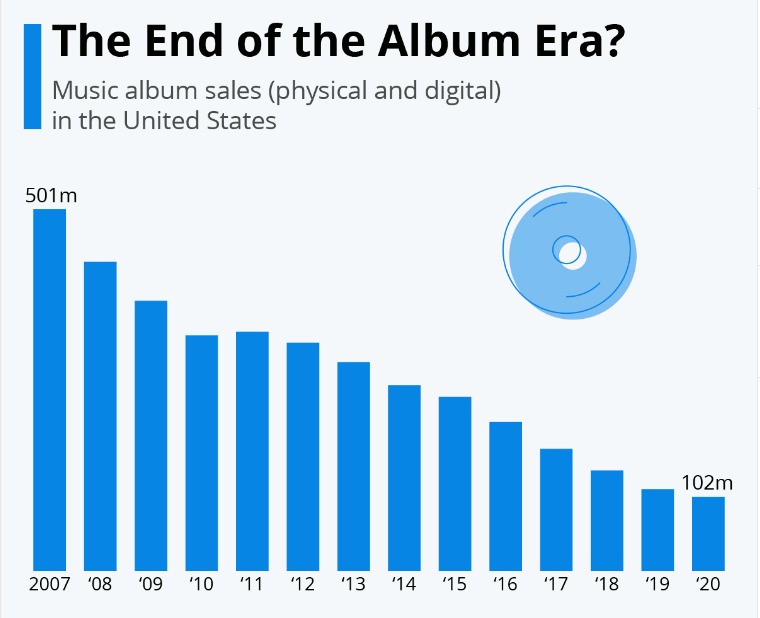
It’s quite sad for artists really…
Don’t get me wrong, streaming and being exposed to massive amounts of new and old music and the growth and evolution of music consumption is amazing and is creating new opportunities and totally different types of creativity.
It’s sad because music as an art form and source of culture is dying. Gone seem to be the days of taking years to build a collection and become a specialist in your chosen genre or favourite artist. Collecting paraphernalia, albums and other keepsakes. Having an all-time favourite song has been replaced with a ‘song-of-the-week’. Radio is only playing the top streaming hits and has stopped being the place to break new music and DJ’s have become jukeboxes, their playlists dictated by the crowd. DJ’s used to teach the crowd about new music, now they are slaves to what the crowds dictate. Record labels now just follow trends and shun anything new and out-of-the-box.
Not all is lost though. It seems as if vinyl sales are starting to increase again slowly, which shows that people still want an experience from their music, they still need to feel connection…
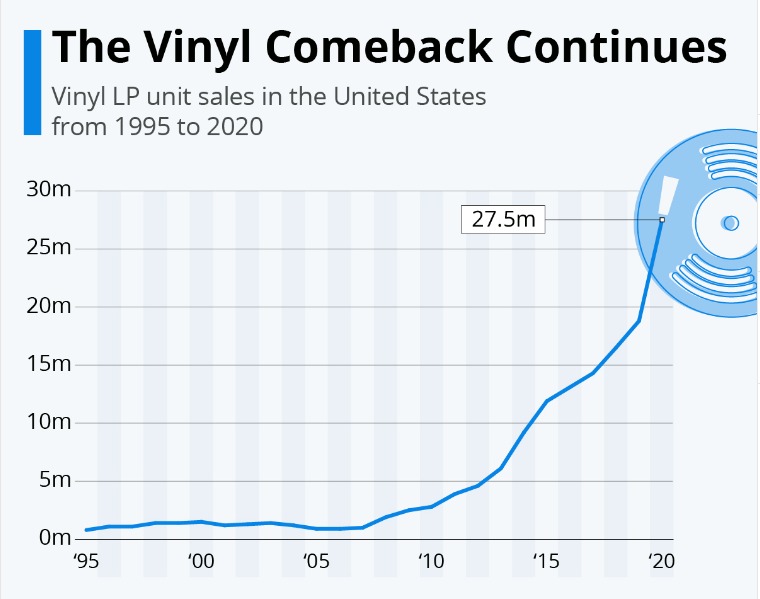
Music is entering a new and unchartered world, it is forking off into exponential directions and it is losing something that makes it great. The question is how much to we value music? How much do we value our heritage, our history? How much do we value the experience music gives us?
I’d love to hear your thoughts in the comments below. Also, let’s discuss on Facebook.
